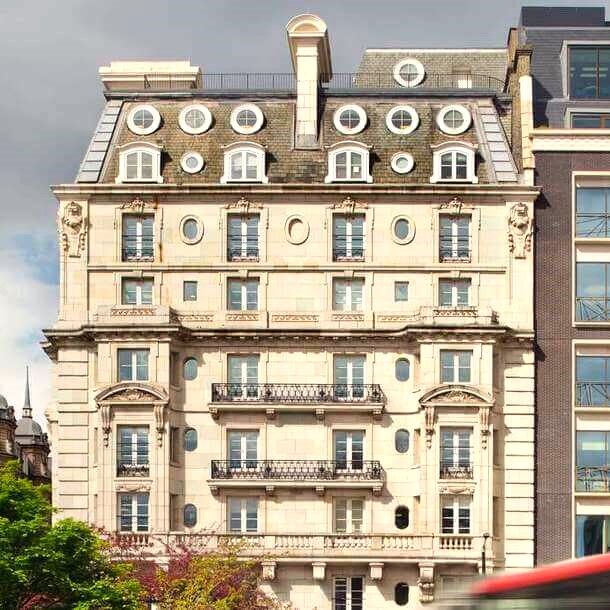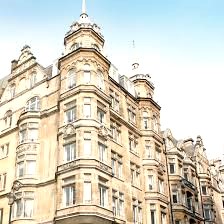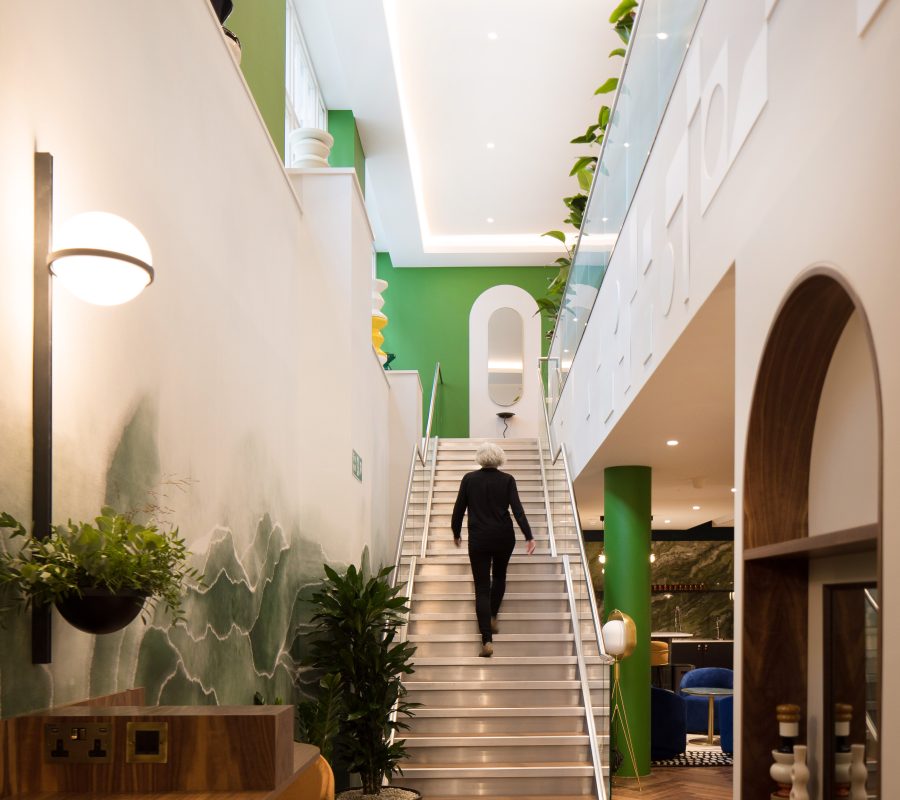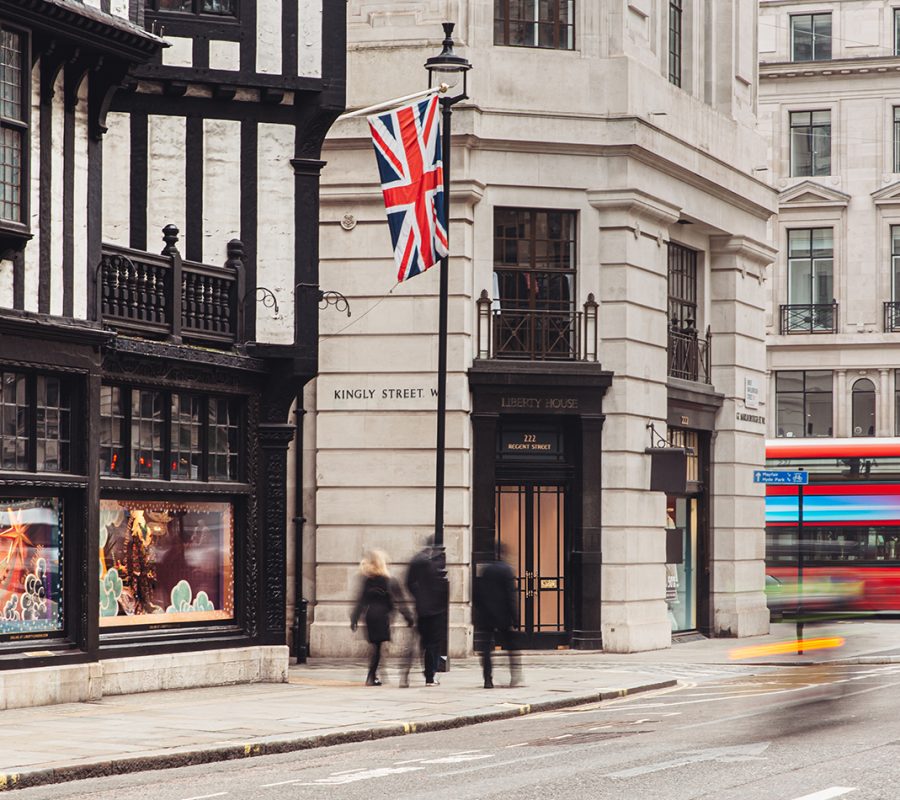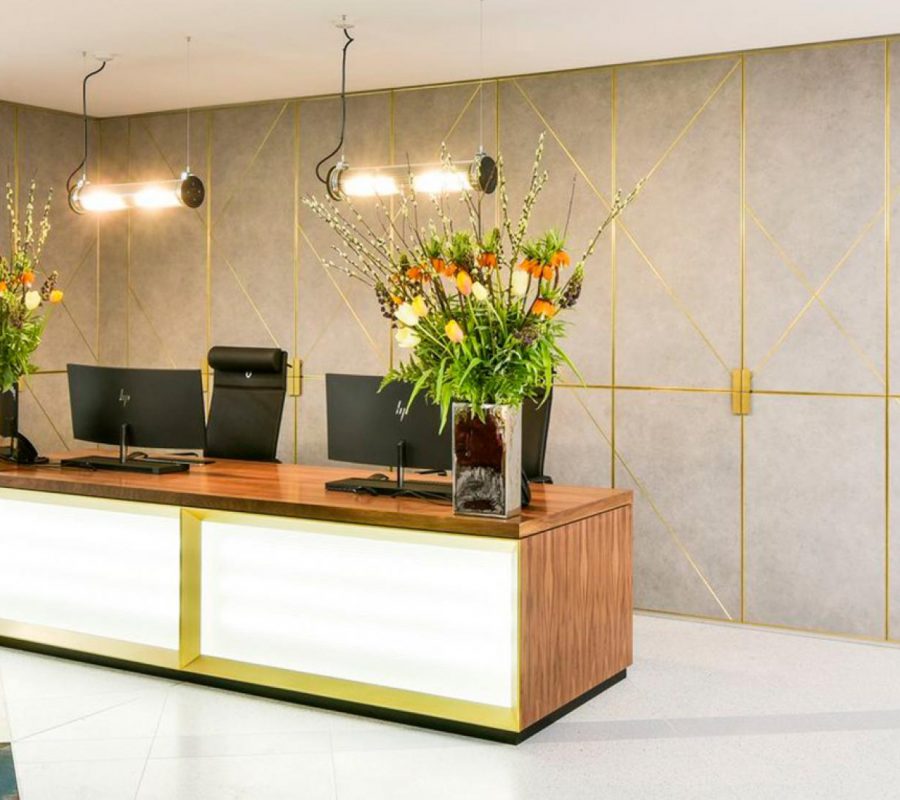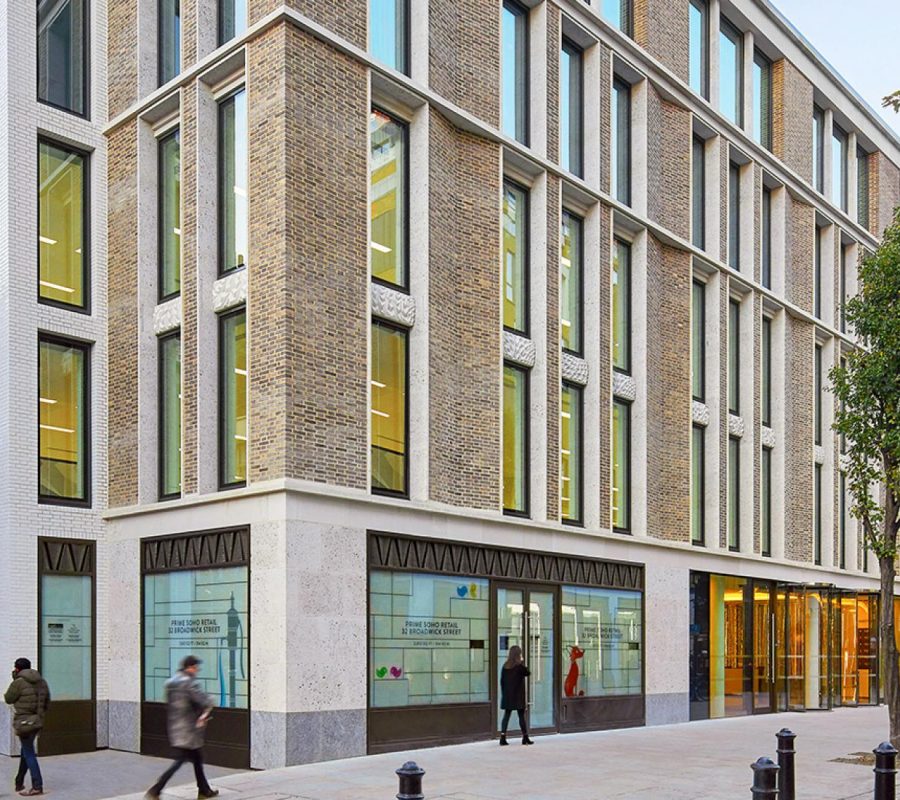Location:Piccadilly Circus
Piccadilly Circus Office Space
Piccadilly Circus is a junction in the West End of London built in 1819 to connect Piccadilly with Regent Street. Essentially built as a roundabout, as Circus is the Latin for Circle, today, it connects Coventry Street, leading to Leicester Square, Glasshouse Street, Haymarket, Piccadilly, Regent Street and Shaftesbury Avenue.
As well as a road junction, it created a well-connected public space and is highly developed, with commercial properties, including shops and office spaces, in the immediate vicinity and nearby.
Connecting to Piccadilly, the thoroughfare named after the garments made by tailor Rober Baker in the 17th century, it was built under the stewardship of John Nash, who was also responsible for the development of Regent Street and had the design of Buckingham Palace within his portfolio.
When completed in 1819, the intersection was known as Regent Circus South, and nearby Oxford Circus was known as Regent Circus North. It was not referred to as Piccadilly Circus until the mid-1880s.
Renowned for its high traffic volume, Charles Dickens described it in 1879 as “the nearest approach to the Parisian boulevard of which London can boast.” Astutely, the junction became a one-way roundabout with traffic lights in 1926.
Piccadilly Circus underground tube station was opened in 1906 below the junction and was extensively rebuilt in 1928 to handle increased footfall. Today, the annual footfall at Piccadilly Circus is 51.9 million.
It is famous for its electric advertisements that first appeared on buildings at the junction in 1910. In 1923, electric billboards were set up on the façade of the London Pavilion at the junction.
Today, only one building, with addresses 44/48 Regent Street, 1/6 Sherwood Street, 17/22 Denman Street and 1/17 Shaftesbury Avenue, at Piccadilly Circus displays advertising. The Crown Estate owns all the other buildings fronting the junction, which, today, has a no-advertising policy.
Land Securities has owned the building since the 1970s and se well as providing 22,300 square feet of office space at Piccadilly Circus and 54,100 square feet of retail space, it is now wrapped with a led display called ‘The Curve’.
Several multinational companies, including Coca-Cola since 1954, McDonald’s since 1987, TDK since 1990, and Samsung since 1994, have used the building’s advertising space.
Advertising had been allowed on the other buildings at Piccadilly Circus in the past, and the first advertiser was Perrier in 1908.
There are two theatres at Piccadilly Circus—the London Pavilion, which opened in 1859, and the Criterion Theatre, which opened in 1874 and closed for renovation in 1989. The latter, which is entirely underground, bar the box office, was reopened in 1992 and has been protected as a Grade II* listed building since 1970.
With such high footfall, premium rents are paid for retail space at Piccadilly Circus. Developed in 1929, the former Swan & Edgar department store on the west side of the circus between Piccadilly and Regent Street, with the address 55 Regent Street, has been occupied by Tower Records, Virgin Megastore, Zavvi and Dutch fashion retailer The Sting. The 33,000-square-foot property The Crown Estate owns is now used as event space.
Incumbent since 1925 sporting goods retailer, Lillywhites is located on the corner of the circus and Lower Regent Street, next to the Shaftesbury fountain, at 24-36 Regent Street.
As with retail space, office space at Piccadilly Circus is in high demand, attracting global heavyweights such as Formula 1, Telefonica and Twitter.
There is a wide range of office spaces to rent at and close to Piccadilly Circus, ranging in size from 10-person suites to multiple-floor demises that will accommodate 250+ desks.
In addition to offices that can be rented using a traditional lease, a growing selection of premium, flexible office space and workspace solutions is available.
Also referred to as flexible workspaces, these include serviced private offices, managed offices and co-working spaces.
As opposed to leased offices, these are available on short-term licences that have options to extend and allow occupiers to expand into larger spaces as business needs dictate.
These options are fully fitted and ready to use, so little to no capital expenditure is required for fit-outs. The rents are all-inclusive, covering utilities, cleaning, furnishing, insurance, and enhanced provisions such as reception, security, secretarial, and concierge services.
Occupiers of all office space near Piccadilly Circus enjoy countless amenities in the epicentre of London’s West End, including retail stores, theatres, world-class hotels, bars, restaurants, nightclubs and second-to-none transport links.
Piccadilly Circus underground tube station is located directly underneath the junction, with entrances at every corner. It is on the Piccadilly and Bakerloo Lines, and other London Underground stations within close walking distance include Charing Cross, Green Park, Leicester Square, and Oxford Circus.

